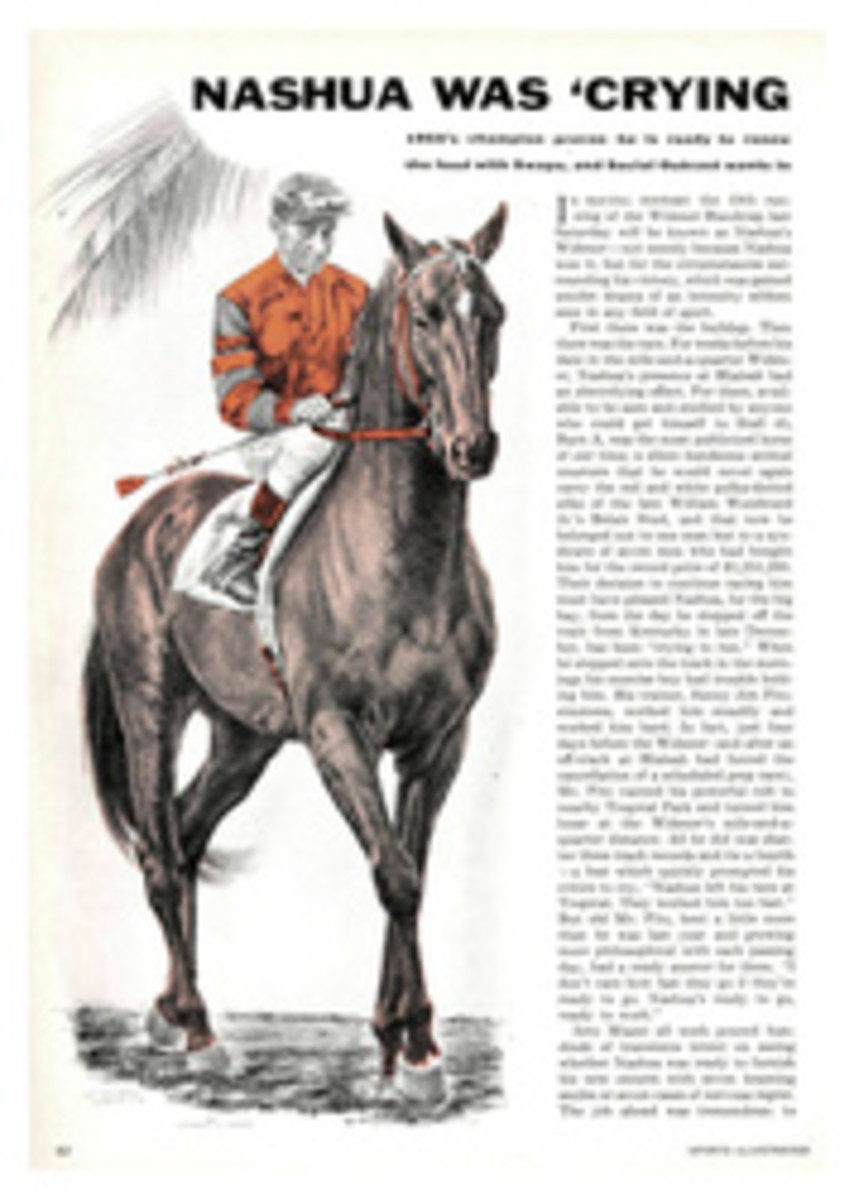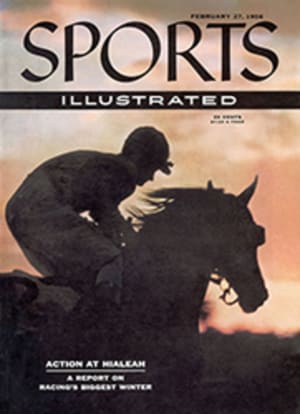
For golfers of all degrees of skill
The average golfer is subject to three fundamental faults when he takes the club back: 1) picking the club up too quickly with his hands rather than swinging the club back along the line; 2) pulling the club up too close to the body; 3) starting the body action before the hands and the golf club start to move—which pulls the body out of line and forces the golfer into an unbalanced chopping action.
When I first began playing, I brought the club back too close on the backswing, and this caused me to hook and shank. To overcome this fault, I drew a mental line straight back from the ball and also in front of the ball to reinforce my awareness of the line of flight, the line I intended the ball to travel. Then I worked on drawing the club back along that line. Today my habit is to pick an object in the foreground which is situated on the line of flight—a tree or a bunker or a house. Then I take the club back straight from that object and the ball. To check my backswing in practice, I stick a tee about 6 or 8 inches behind the ball on the line of the intended flight, and when I draw the club back I can check to see if the club hits the tee squarely or if it tips or shanks it.
from BYRON NELSON, Fairway Ranch, Roanoke, Texas
TWO PHOTOS
ILLUSTRATION
Incorrect: club pulled up too close to the body
ILLUSTRATION
Correct: club is taken back on straight line from the ball, with the hands, the club and the body moving cohesively
NEXT WEEK'S GUEST PRO: AL COLLINS ON THE APPROACH PUTT

